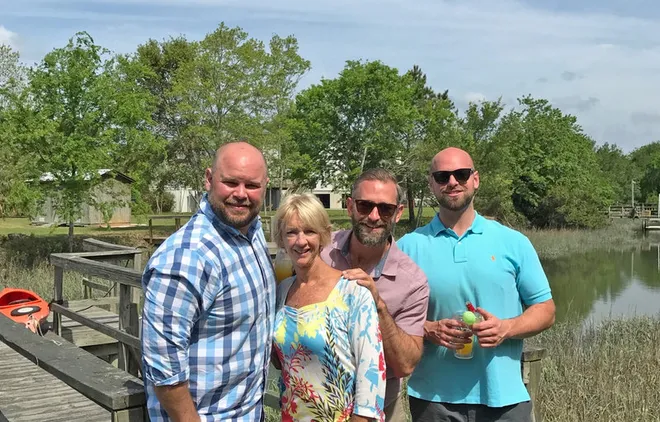After yearslong fight and dozens of deaths, EPA broadens ban on deadly chemical

It can kill on the spot or years after prolonged exposure.
When methylene chloride’s fumes build up, the chemical switches off the brain’s respiratory center, asphyxiating its victims if it doesn’t trigger a heart attack first. At lower levels, the federal government says, it increases the risk of multiple types of cancer. And despite a 2019 ban keeping it out of consumer paint-stripping products, the chemical is still widely available in other items — from aerosol degreasers to sealants.
The U.S. Environmental Protection Agency announced April 30 that it is banning methylene chloride in all consumer uses and most workplace settings.
The move is the most sweeping since a 2015 Center for Public Integrity investigation connected dozens of deaths to the chemical and showed that experts had warned of its dangers for decades. At the time, paint strippers with methylene chloride could be bought at home-improvement stores nationwide.
An initial EPA proposal to ban such uses was shelved by the Trump administration despite more deaths. It took a sustained campaign by families of recent victims and chemical-safety groups to turn the tide.
Deadly delays:A chemical paint stripper killed their kids. Inside their heroic fight to have it banned.

“I feel like we moved an ocean, I really do,” said Lauren Atkins, whose 31-year-old son, Joshua, died in 2018 while refinishing his bike with paint stripper. “It’s a good rule. I think it could be better, I think it could have gone farther, but it’s a whole lot better than what we had.”
She and Brian Wynne, whose brother Drew died in 2017 while refinishing the floor of his business’ walk-in refrigerator, wish the government had acted more quickly. Methylene chloride deaths were recorded at least as far back as the 1940s. A 1976 medical journal piece detailed the chemical’s dangers and criticized EPA and the Consumer Product Safety Commission for not acting.
In 2016, EPA put methylene chloride on a list of 10 chemicals it intended to evaluate because of their known risks.
“Let’s look at the toxic 10 and start whittling down all of them,” Wynne said. “I think we can all agree that anything labeled as part of the toxic 10 shouldn’t be part of our daily lives.”

EPA cited at least 85 deaths and long-term health dangers when it concluded that methylene chloride posed “unreasonable risks.” But the new restrictions are not immediate. The agency is giving businesses time to phase out certain uses and phase in protections for people who will continue to work with the chemical.
Consumer sales will be fully banned in a year under the new rule. Most commercial and industrial uses will have to stop in two years. Exceptions include a 10-year extension for certain emergency uses by NASA.
Atkins, the Wynne family and Wendy Hartley, whose 21-year-old son, Kevin, died refinishing a bathtub with a methylene chloride product in 2017, worked together for years to make that happen.

They had to counter EPA resistance — top officials under the Trump administration were intent on rolling back protections, not adding more — and overcome sustained lobbying by manufacturers. Atkins called it “the longest, hardest, probably most important fight of my life.”
She hopes other people will take up the torch for safety in a world awash with harmful chemicals.
“Persistence is key,” Wynne said. “The takeaway should be: If something’s not right, don’t be afraid to raise your voice.”
Jamie Smith Hopkins is a reporter for theCenter for Public Integrity, a nonprofit newsroom that investigates inequality.
Disclaimer: The copyright of this article belongs to the original author. Reposting this article is solely for the purpose of information dissemination and does not constitute any investment advice. If there is any infringement, please contact us immediately. We will make corrections or deletions as necessary. Thank you.







